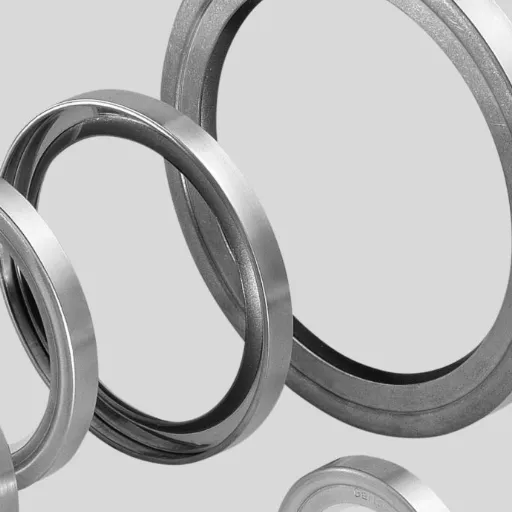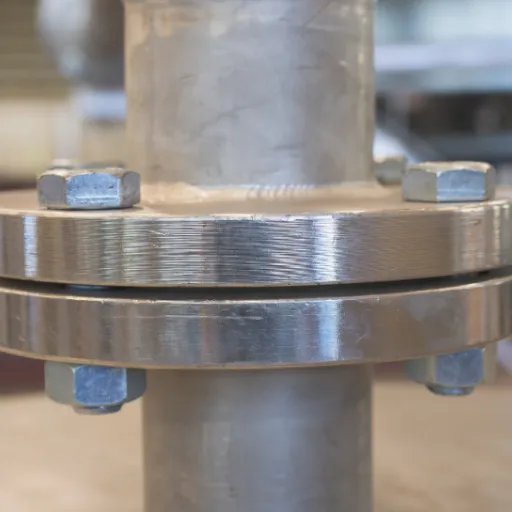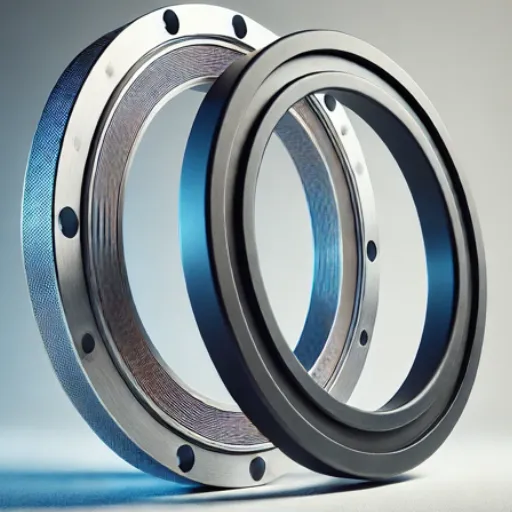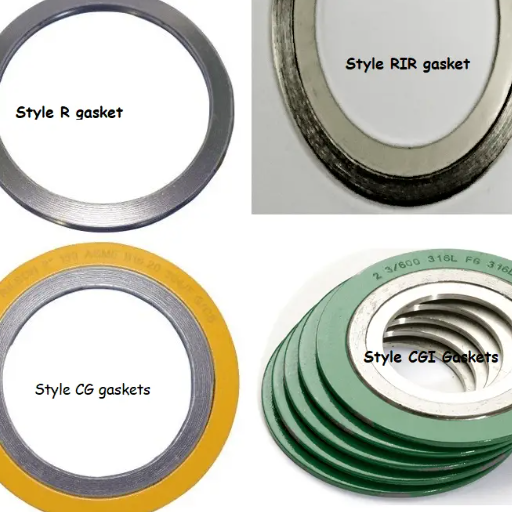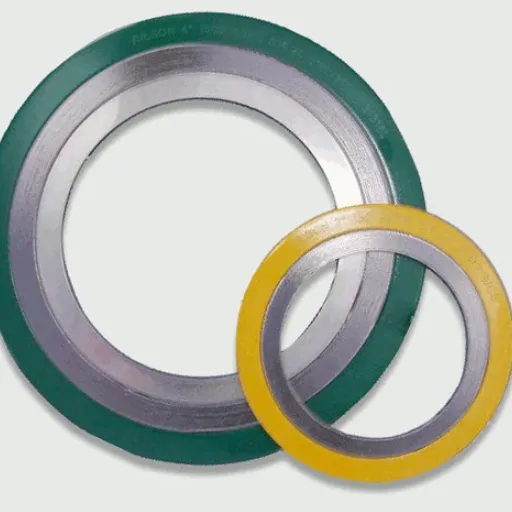Flange nuts remain a multipurpose and ever-needed component in fastening. With their uniquely designed wider flat flange at one end, these nuts have managed to remain easy to work with and dependable in any given use. Whether you are working on securing automotive parts, heavy machinery, or household equipment, knowing the pertinent information all about Flange Nuts will get you closer to choosing the right one.
Understanding Flange Nuts
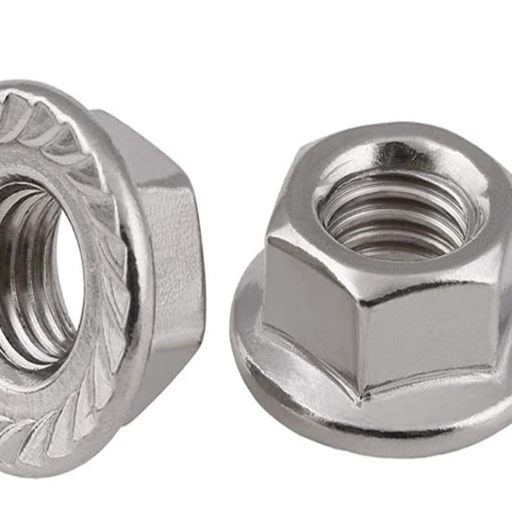
Flange nuts are a specialized type of fastener with a wide flange on one end that acts as a washer to distribute pressure evenly and prevent surface damage. They find use where vibration or movement might be involved since their design helps hold on very well.
Key Benefits of Flange Nuts:
- Pressure Distribution: Wide flange distributes load evenly across surfaces
- Vibration Resistance: Designed to maintain grip under movement
- Cost-Effective: Eliminates need for separate washers
- Versatile Applications: Suitable for automotive, construction, and machinery
What is a Flange Nut?
A flange nut is a type of fastener with a built-in washer-like base designed to distribute pressure evenly, and it will also provide a firmer grip so that vibration does not loosen it. This design also eliminates the use of washers, which is convenient and cost-effective.
| Feature | Standard Hex Nut | Flange Nut |
|---|---|---|
| Built-in Washer | No | Yes |
| Pressure Distribution | Requires separate washer | Integrated flange |
| Vibration Resistance | Standard | Enhanced |
| Assembly Speed | Slower (multiple components) | Faster (single component) |
Components of a Flange Hex Nut
Flange hex nuts are built with several fundamental features that ensure their highest efficiency and versatility:
- Hexagonal Body: Easily gripped by common tools like wrenches or sockets
- Integrated Flange Base: Spreads pressure evenly over contact surface
- Serrated Options: Grooves on flange underside for enhanced grip
- Non-Serrated Options: Smooth base suitable for delicate materials
How Flange Nuts Work
Flange nuts operate by merging the functionality of an ordinary hex nut and an integrated flange, which provides for larger surface-area load distribution so that the materials being fixed do not get damaged. Pressure is evenly distributed by this flange, and it also acts as a washer, so separate washers are not required.
Types of All About Flange Nuts
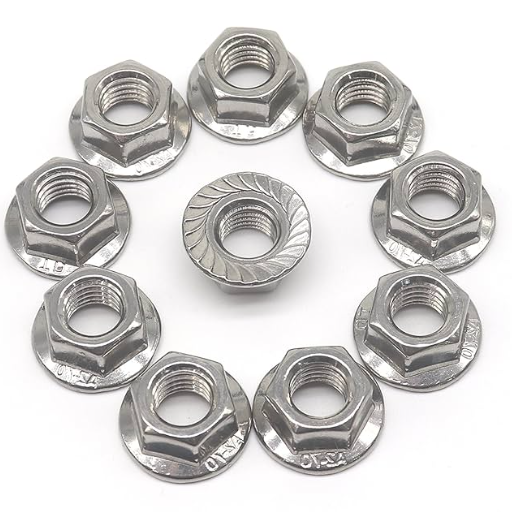
| Type | Features | Best Applications |
|---|---|---|
| Standard Flange Nuts | Smooth, flat flange for pressure distribution | General purpose applications |
| Serrated Flange Nuts | Ridges across flange for extra holding power | High-vibration environments |
| Locking Flange Nuts | Specially designed threads resist loosening | Critical applications requiring security |
| Nylon Flange Nuts | Built-in nylon insert for secure locking | Agricultural and industrial machinery |
Common Sizes
Flange nuts come in the most common sizes to fulfill various applications:
| Metric Size | Thread Pitch | Typical Applications |
|---|---|---|
| M5 | 0.8mm | Light-duty electronics, small machinery |
| M6 | 1.0mm | Automotive trim, medium assemblies |
| M8 | 1.25mm | Structural connections, heavy equipment |
| M10 | 1.5mm | Construction, heavy machinery |
| M12 | 1.75mm | Heavy-duty applications, infrastructure |
Materials and Finishes
Depending on the application and environment, flange nuts are produced using different materials:
Common Materials:
- Steel: Cost-effective, may require coating for corrosion protection
- Stainless Steel: Excellent corrosion resistance, ideal for outdoor/marine use
- Brass: Good conductivity and tarnish resistance
Protective Coatings:
- Zinc plating for corrosion resistance
- Hot-dip galvanizing for heavy-duty protection
- Passivation for stainless steel enhancement
DIN Standards for Flange Nuts
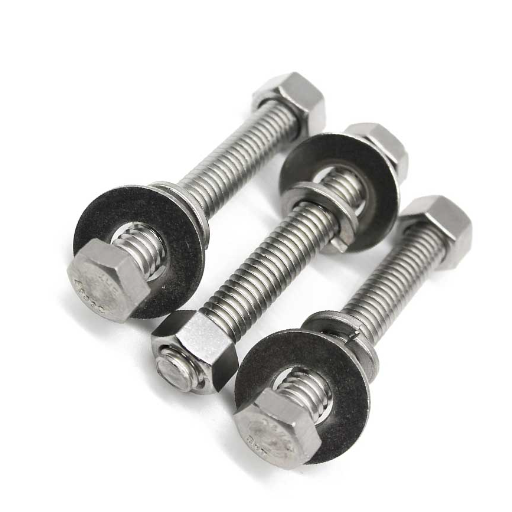
DIN (Deutsches Institut für Normung) standards ensure the quality, reliability, and compatibility of flange nuts:
Key DIN Standards:
- DIN 6923: Hex flange nuts for high vibration resistance
- Specifies dimensions, material quality, and finish requirements
- Ensures consistent bolt tension and proper load bearing
- Regular updates address technological and environmental changes
Industrial Applications
| Industry | Applications | Key Benefits |
|---|---|---|
| Automotive | Exhaust systems, engine components, wheel assemblies | Vibration resistance, quick assembly |
| Construction | Steel frameworks, structural joints, infrastructure | Load distribution, durability |
| Manufacturing | Machinery assembly, production lines, heavy equipment | Consistent performance, maintenance efficiency |
| Aerospace | Aircraft assemblies, precision equipment | Reliability, secure fastening |
Choosing the Right Flange Nut
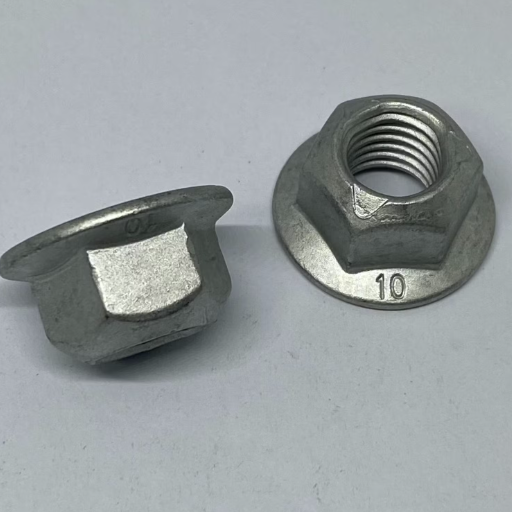
Key Selection Factors:
- Load Capacity: Consider the forces and stresses involved
- Environmental Conditions: Temperature, moisture, corrosive agents
- Material Compatibility: Match nut material to application requirements
- Reuse Requirements: Frequency of assembly/disassembly
- Size and Thread Compatibility: Ensure proper fit with bolts
Common Selection Pitfalls
Avoid These Mistakes:
- Material Mismatch: Using standard steel in corrosive environments
- Inadequate Load Rating: Choosing nuts with insufficient strength
- Ignoring Coating Requirements: Missing protective finishes
- Poor Reuse Planning: Not considering repeated assembly needs
- Size Incompatibility: Mismatched thread pitch or diameter
Conclusion
Flange nuts represent a crucial fastening solution across multiple industries, offering the combined benefits of traditional hex nuts with integrated washer functionality. Their ability to distribute loads evenly, resist vibration-induced loosening, and streamline assembly processes makes them indispensable in modern engineering applications. By understanding the various types, materials, and applications of flange nuts, you can make informed decisions that ensure reliable, long-lasting fastening solutions for your specific project requirements.
References
-
ISO Flanges
ISO Flanges – Technical Notes
This source provides technical notes on ISO flanges, including their design and clamping mechanisms. -
Nuts & Bolts Lesson
Nuts & Bolts Lesson – Purdue University
A detailed guide on screws and nuts, including their applications and resistance to loosening. -
Fastener Technical Reference Guide
Fastener Design Guide – University of Florida
This guide discusses the critical aspects of fasteners, including flange locknuts and their torque requirements.
Frequently Asked Questions (FAQ)
What are flange hex nuts and how do they work?
Flange hex nuts are a type of nut that features a wide flange at the base, which provides increased bearing surface for better load distribution. This design helps to reduce the likelihood of loosening under vibration, making them ideal for industrial applications. Flange nuts work by distributing the load evenly across a mating surface, which can help prevent damage to the part being fastened. The serration on the flange may also enhance grip, further improving performance. These nuts are typically used in environments where a secure hold is essential, such as in the aerospace industry.
How do I select the right type of flange nut for my project?
Choosing the correct type of flange nut depends on several factors, including the thread pitch, size, and the specific application. For instance, if you’re working with M6 or M10 bolts, you’ll need flange nuts that match these sizes. Additionally, consider whether you need lock nuts or prevailing torque locknuts to ensure a secure fit. If you anticipate uneven fastening surfaces, oversized flange nuts may be beneficial due to their increased contact area. Always check the specifications to ensure compatibility with your project’s requirements.
Can flange nuts be used with different bolt sizes like 8-32 or 6-32?
Yes, flange nuts can be used with various bolt sizes including 8-32 and 6-32. However, it is crucial to ensure that the nut’s diameter matches the bolt size for optimal performance. Flange nuts designed for these sizes will provide the necessary preload and maintain a secure hold. Using mismatched sizes can lead to uneven fastening and potential failure of the joint. Always refer to manufacturer guidelines to select the appropriate nut for your specific bolt size.
What advantages do hex flange nuts offer in industrial applications?
Hex flange nuts offer several advantages in industrial applications, including ease of installation and enhanced grip due to their wide flange. The flange provides a larger bearing surface, which helps distribute the load and reduce stress on the connected parts. Additionally, the design allows for quick assembly and disassembly, making them ideal for maintenance tasks. Their resistance to loosening under vibration makes them suitable for dynamic environments, ensuring reliability in critical applications. These features contribute to their popularity in sectors such as automotive and aerospace.
Are there specific standards for flange nuts like DIN or SAE?
Yes, there are specific standards for flange nuts, including DIN (Deutsches Institut für Normung) and SAE (Society of Automotive Engineers). These standards dictate the dimensions, material properties, and performance criteria for different types of nuts, including flange types. Adhering to these standards ensures compatibility and reliability in various applications. For example, DIN 6923 specifies the requirements for hex flange nuts, making it easier to select the right components for your assembly. Always check for compliance with the relevant standards to ensure quality and safety.
What materials are commonly used for flange nuts?
Flange nuts are commonly made from materials such as steel, stainless steel, and plastic, depending on the specific application requirements. Steel flange nuts are often hardened for added strength and durability, while stainless steel provides corrosion resistance, making it suitable for outdoor or damp environments. Plastic flange nuts may be used in lightweight applications or where electrical insulation is needed. The choice of material will impact the nut’s performance, including its ability to withstand pressure and environmental conditions. Always consider the requirements of your project when selecting the appropriate material.

